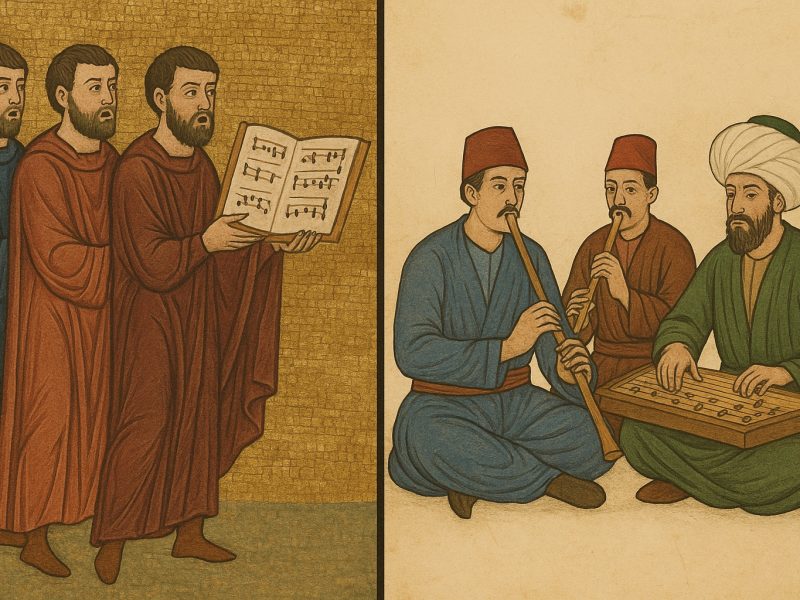Anatolia, a region shaped by civilizations dating back to the dawn of humanity, is a cultural melting pot. Among the many legacies embedded in its rich heritage, the influence of Byzantine (Eastern Roman) music on Classical Turkish Music; particularly the tradition that evolved during the Ottoman era; remains a subject of both academic debate and musical fascination.
Despite nationalist arguments that sometimes obscure historical connections, many musicologists and historians assert that Byzantine music forms the foundation of what we now refer to as Ottoman Classical Music or Classical Turkish Music. While no full consensus has been reached, auditory comparisons reveal a striking similarity between the modes, melodies, and tonal structures of Byzantine hymns and Turkish classical compositions.
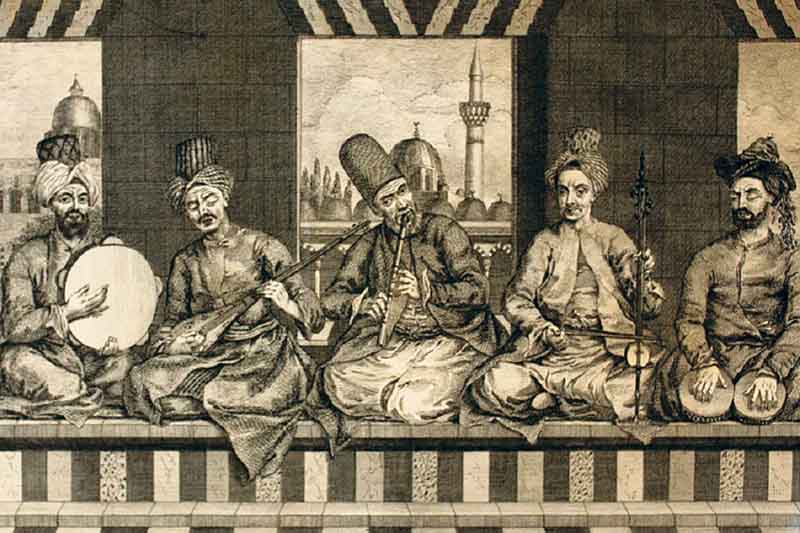
The history of Turkish music, which was formed in 6 periods with its main lines, goes up to the 10th century.
Rediscovering Byzantine Music: The Work of Christodoulos Halaris
A major breakthrough came through the dedication of Greek composer and musicologist Christodoulos Halaris, who spent decades reviving Byzantine civilian music. Through meticulous notation analysis and transcription, Halaris reconstructed around 15 compositions based on ancient notation systems.
When these revived pieces were performed and published -many now accessible on platforms like YouTube- listeners across Turkey and the Eastern Mediterranean recognized melodic patterns and maqams (modes) resembling those in traditional Turkish music, such as segah, hicaz, and uşşak. This musical overlap sparked renewed discussions on shared heritage and the Byzantine roots of classical music traditions in the region.
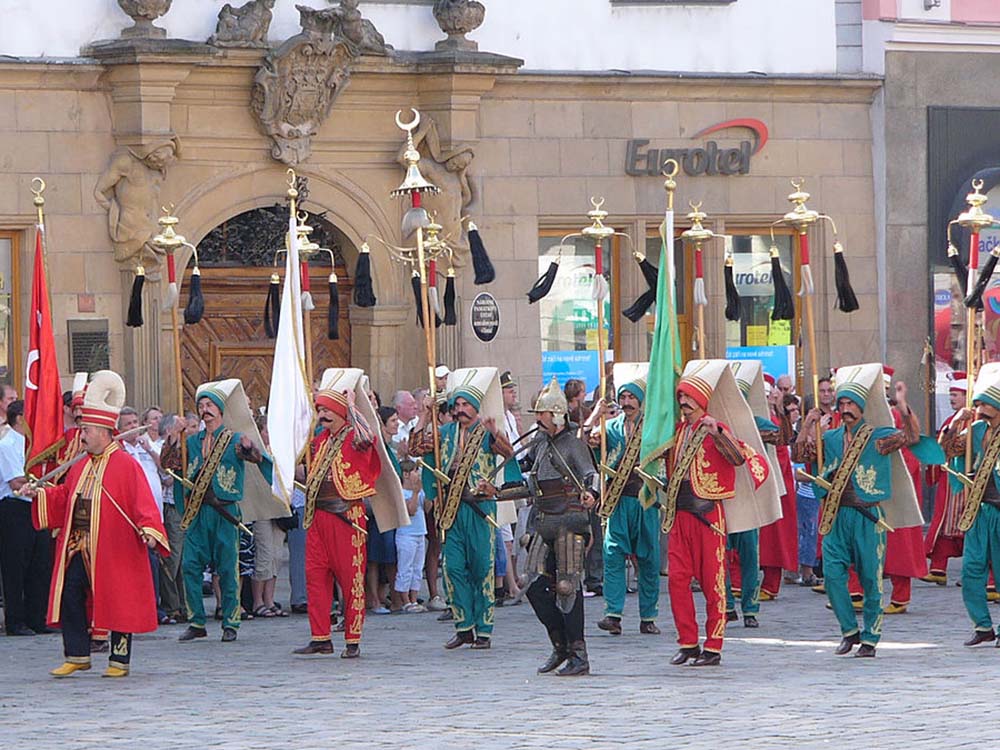
Mehter is the first and only band in the world that ever motivated the army with music.
Eastern Roman Influences in Ottoman Music
Although not widely acknowledged until the 1970s, Ottoman classical music gained institutional recognition and began being taught in Turkish conservatories. Historical analysis reveals that the church hymns performed in Byzantine churches before the conquest of Constantinople often employed modal structures still used in Turkish music today.
Just as Anatolia’s architecture, cuisine, and textiles preserve Roman and Byzantine influences, so too does its musical tradition. The overlap of modal systems, particularly in sacred music, supports the theory that Turkish classical music is not an isolated creation but part of a continuum rooted in Eastern Roman ecclesiastical and civilian music.
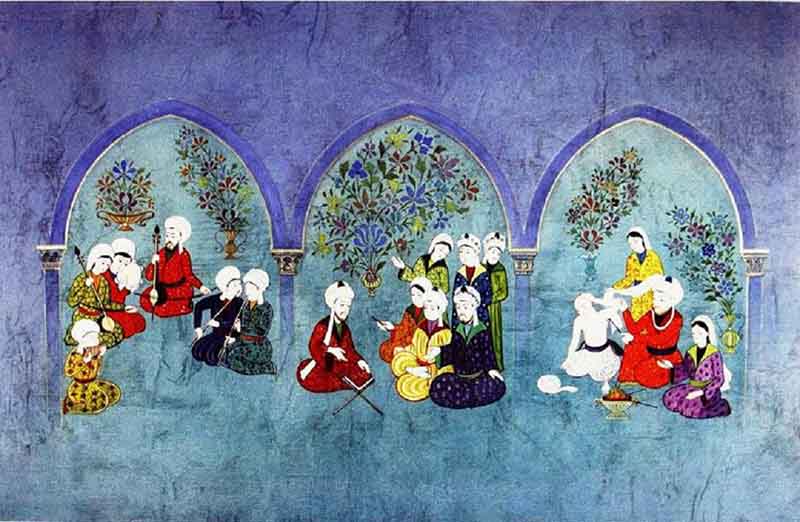
The concept of “Ottoman music”, has been preferred by some musicians, while some of them preferred the name of Traditional Turkish Music after the declaration of the Republic.
Decoding Byzantine Music Notation
One of the key challenges in connecting Byzantine music with Turkish classical music was its archaic notation system, which was largely undecipherable in the early 20th century. However, in the 1970s, scholars such as Oscar Fleischer and Jean-Baptiste Thibaut successfully began decoding these ancient manuscripts.
By translating Byzantine neumes (symbols used in medieval music notation) into modern Western notation, they enabled musicians like Halaris to recreate melodies that had not been heard for nearly 700 years. The resulting compositions are invaluable for understanding the evolution of modal music in the Eastern Mediterranean.
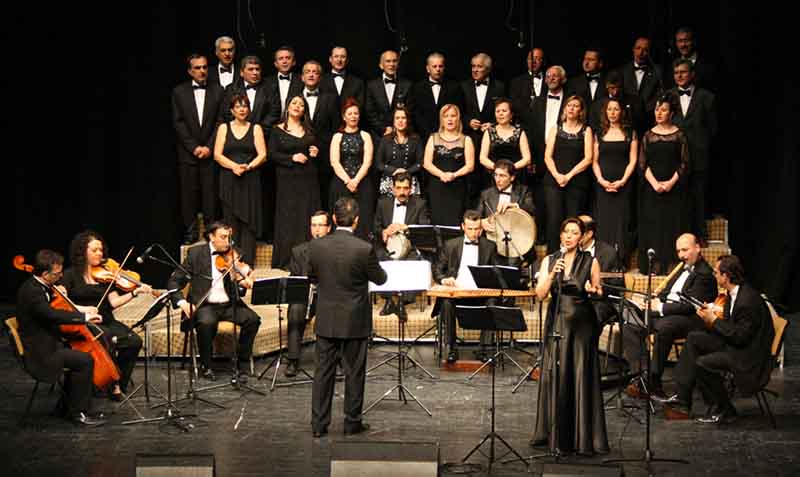
The music that is performed with its own modes is called Classic Turkish Music.
From Byzantine Civil Music to Turkish Modes (Maqams)
Byzantine civilian music, with its influences from Iranian, Hittite, and Eastern Mediterranean cultures, serves as a crucial bridge to the maqam-based structure of Turkish classical music. The hicaz and segah maqams in particular exhibit the same tonal and melodic frameworks found in Greek Orthodox liturgical chants.
Even iconic pieces such as Itri’s “Tekbir”, a staple in Turkish religious and classical repertoire, are structured on modes with Byzantine origins. This musical continuity illustrates how deeply cross-cultural exchanges have shaped the soundscape of Anatolia.

